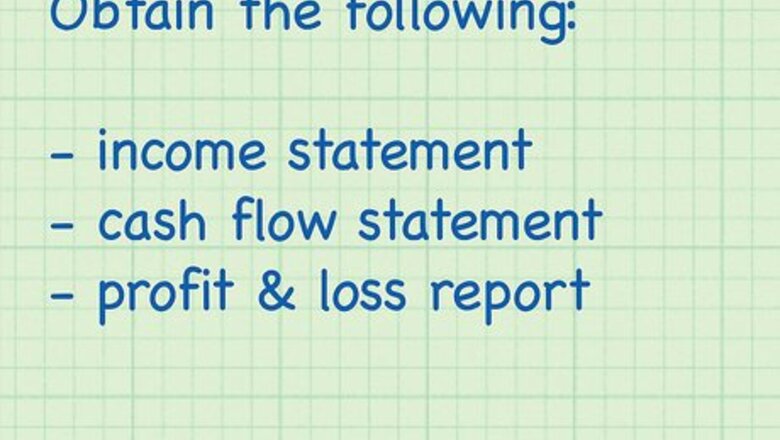
views
X
Research source
Calculating Your Company's EBITDA
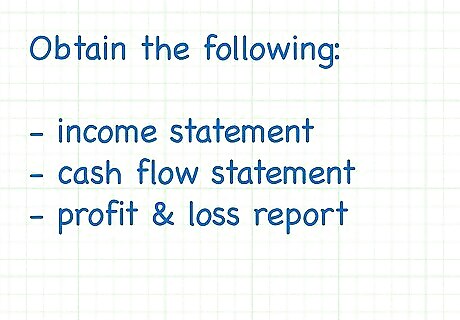
Obtain your company's income statement, cash flow statement, and/or profit and loss report. EBITDA is fairly to simple to calculate with just a few of your company's important operating metrics. To calculate EBITDA, you'll want verifiable information regarding your company's earnings, tax and interest expenses, and depreciation and amortization expenses. Usually, earnings, tax, and interest figures are included on a company's income statement, while depreciation and amortization figures are found in the notes to a company's profit and loss report or on its cash flow statement.

Find the operating profit (EBIT) on the income statement. This is the company's revenue minus its expenses (without taking taxes and interest into account). The expenses include amortization and depreciation. To calculate EBIT manually, subtract your expenses (besides interest and taxes) from your sales revenue. For example, let's say we own a construction company whose revenue for the past year was $68,000,000. However, our operating expenses were $45,000,000. In this case, our company's operating profit (EBIT) = revenue - expenses = $68,000,000 - $45,000,000 = $23,000,000. Expenses include: depreciation, amortization, salaries, rent & utilities, cost of goods sold, selling, general and administrative expenses.
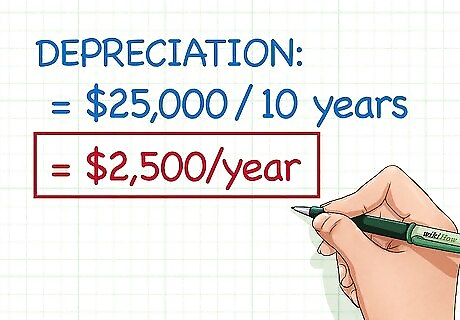
Sum any expenses due to depreciation. Assets that a company owns can decrease in value over time through natural wear and tear and through fluctuating market conditions. Expenses incurred in this way are known as expenses due to depreciation. Usually, depreciation expenses are listed on a company's profit and loss report or on its cash flow statement. Find and add up any itemized depreciation expenses to obtain a single total for your company's depreciation expenses. Record this value - it will be needed to calculate EBITDA. For example, let's say our construction company purchased several buildings a few years ago and that their combined value was $8,750,000. These buildings have an estimated useful life of 35 years. In this case, assuming linear or straight-line depreciation, the cranes will collectively depreciate $8,750,000/35 = $250,000 per year.
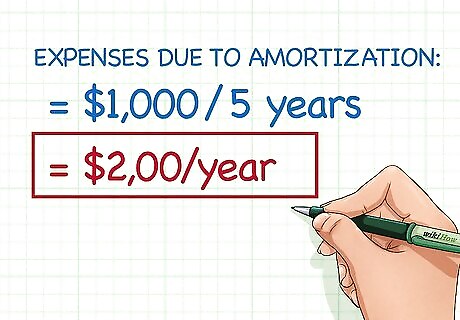
Sum any expenses due to amortization. Amortization is related to depreciation but is not technically the same. Amortization refers to expenses incurred from the acquisition of an intangible asset over the length of the asset's life, whereas depreciation refers to tangible assets. Usually, amortization expenses are listed along with depreciation expenses on a profit and loss report or on a cash flow statement. Add up any itemized amortization expenses to obtain a single total and record this value. For example, let's say that a few years ago, our company spent $100,000 to obtain certain industry trademarks. Let's say that this amount of money bought us the rights for five years. In this case, the expense due to amortization would be $100,000/5 = $20,000 per year.
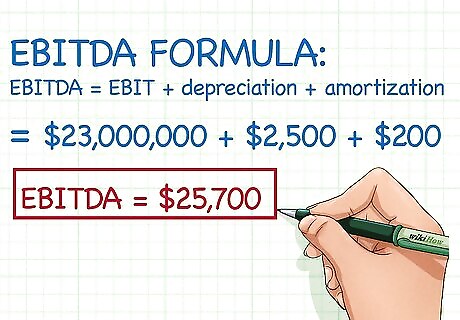
Calculate EBITDA via the formula EBIT + depreciation + amortization = EBITDA. Add your total expenses due to depreciation and amortization back to your company's EBIT. EBITDA is a measure of earnings before interest, taxes, depreciation and amortization. Since depreciation and amortization were already deducted to find EBIT, you need to add them back in to obtain EBITDA. In our construction company example, let's assume that the depreciation and amortization expenses calculated above are the only ones our company incurred (in real life, obviously, we may have to add multiple depreciation and/or amortization expenses to obtain a total value). In this case, we could calculate via the formula EBIT + depreciation + amortization = EBITDA. $23,000,000 + $250,000 + $20,000 =$23,270,000. Our company's EBITDA is $23,270,000.
Using EBITDA Data Responsibly

Don't use EBITDA as the sole measure of your company's financial health. EBITDA has some usefulness in financial analysis. For instance, it's an easy way to define how much money your company has to pay off outstanding debts in the short term - if a company that has $2,000,000 in interest payments but $3,000,000 in EBITDA, it can be argued that the company has plenty of money to pay off its debt. However, because EBITDA doesn't account for important expenses and because it's easily manipulated, it's unwise to use it as the only measure of your company's vitality. EBITDA isn't necessarily a good indication of whether your company is losing money or making money. It's possible, for instance, for a company to have a positive EBITDA but a negative operating cash flow. Because of this, EBITDA can make a company look much healthier than it actually is.
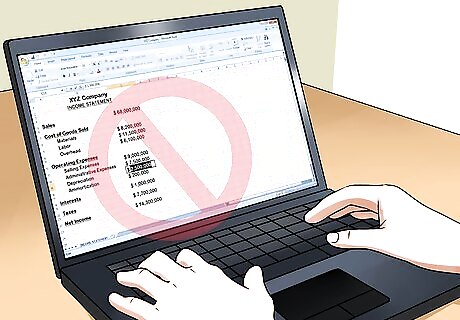
Don't purposefully manipulate your company's EBITDA. EBITDA can be manipulated by unscrupulous accounting practices. For example, because depreciation and amortization are determined relatively subjectively (via projections, estimates, and experience), it's possible to change a company's EBITDA by altering depreciation and amortization schedules. Though depreciation and amortization are non-cash expenses (cash has already been exchanged for the depreciating/amortizing assets), but they exist for a reason. Eventually, equipment fails and intangible assets expire. When this happens, very real cash expenses result. As a real-world example of EBITDA manipulation, some airline companies have altered the depreciation schedules on their aircraft to make their EBITDA appear larger.
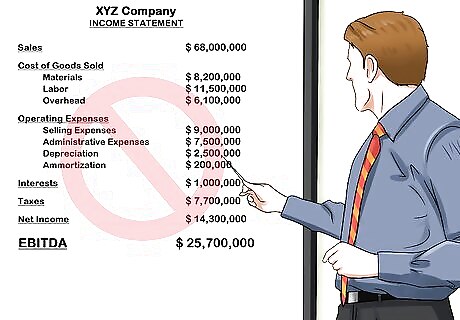
Don't use EBITDA data to misrepresent your company. One of the biggest reasons that EBITDA has come under fire as a useful metric is that it can be used to misinform investors and lenders. For instance, in certain industries loan limits are sometimes set as a percentage of EBITDA, so, by manipulating their company's EBITDA, business owners can mislead lenders into giving larger loans than they normally would. Fraudulent practices like these designed to swindle a company's stakeholders are unethical and can even be illegal.












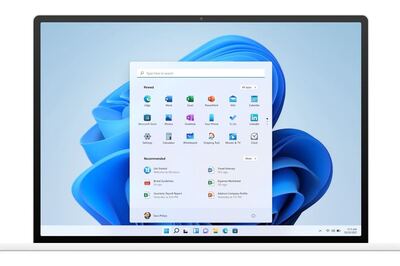





Comments
0 comment